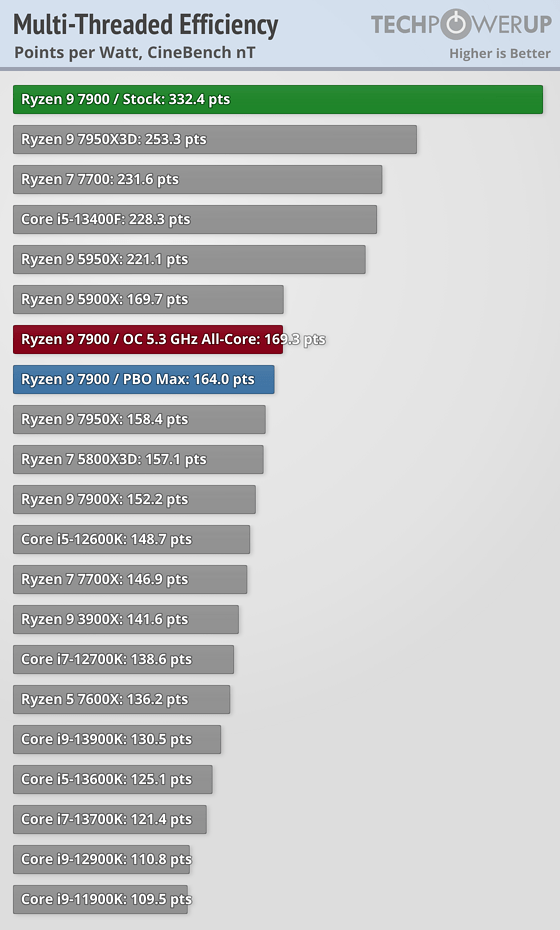mitch074
Splendid
They hadn't committed to AM4 past 2020 originally either - and here we are, 2023, AM4 is still somewhat relevant. It is surprising how long they managed to support that socket (while there were some hurdles on the road we still got there)... Personally I upgraded my own main rig from a 2700X to a 5900X (X470 based, from Zen+ to Zen 3), I think I'm set until 2027. This should be more than enough.Longer socket cycles don't matter much when most people upgrade every 5+ years. And in case you missed the memo, AMD wouldn't commit to 4+ years long socket life with AM5. It likely doesn't want to lock itself into a potential repeat of having a hard time getting Zen 2 to work on AM4 and the backwards/forwards compatibility nightmare that came with Zen 3.
It wasn't exactly nightmarish - there were 3 main problems in all and most got resolved.
- PCI-E 4.0 support on X470/B450 chipsets : didn't go past beta. It could have worked had mobo makers actually not cheapened out on the hardware.
- B550 not being backward-compatible with Zen+ and older : to be fair, I don't think that problem really lasted - people who wanted a test bench that could fully support everything from gen 1 to gen 5 could scrounge up the cash for a X570.
- B350 and X370 not getting Zen3 support : AMD got some bad will from refusing to support this at first, but they still did it. Interestingly, no one really pissed at Intel for refusing support 9th gen support on B250.






